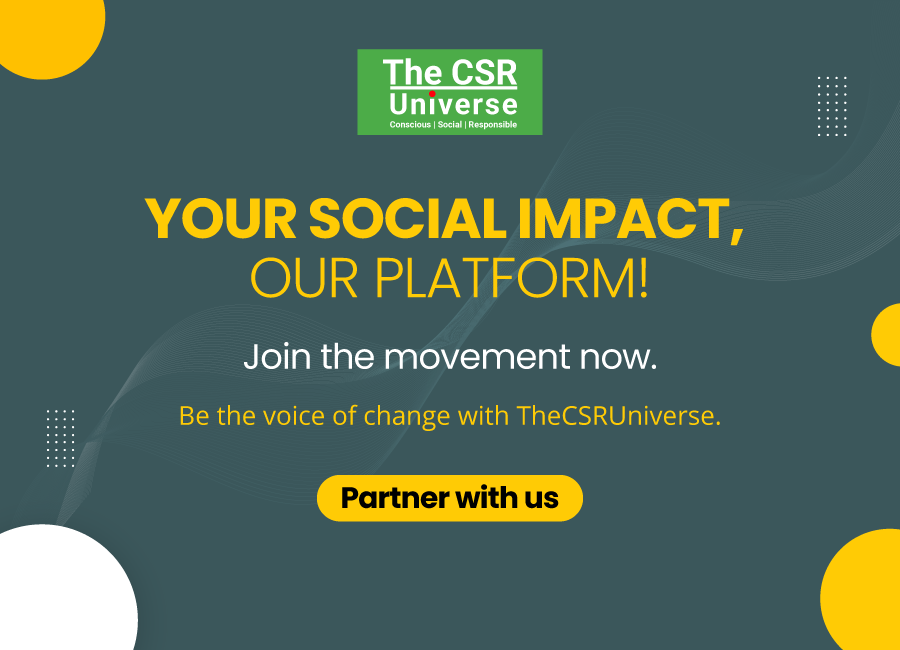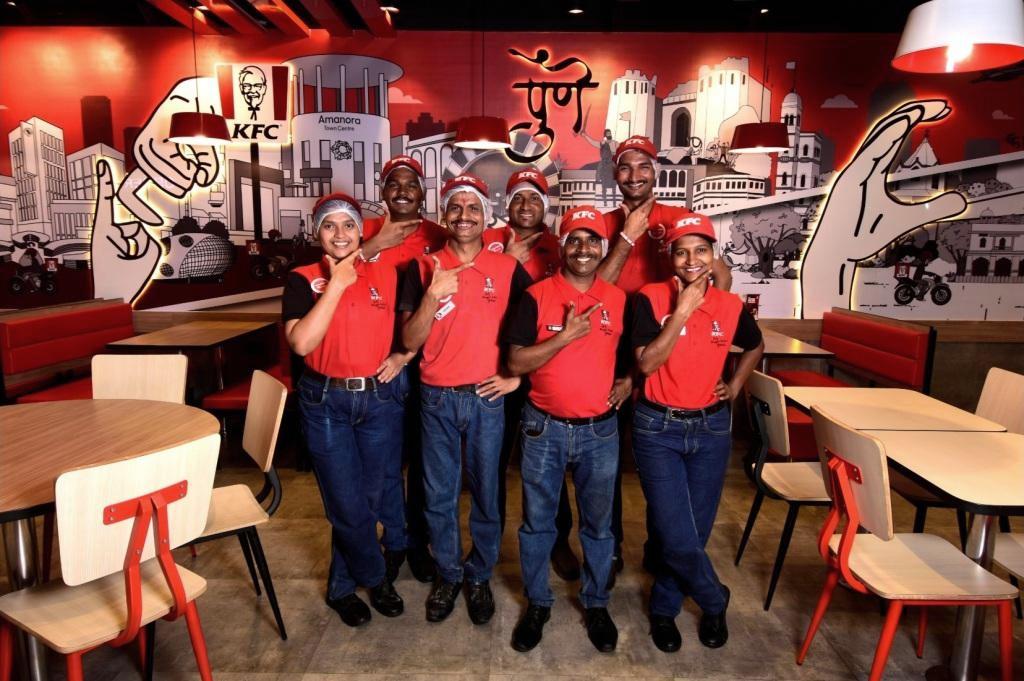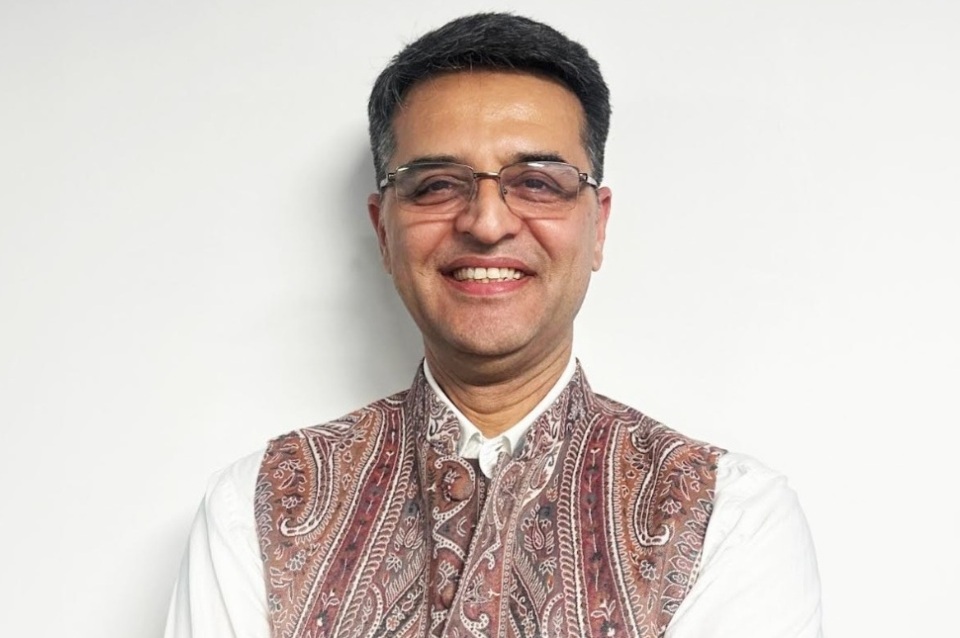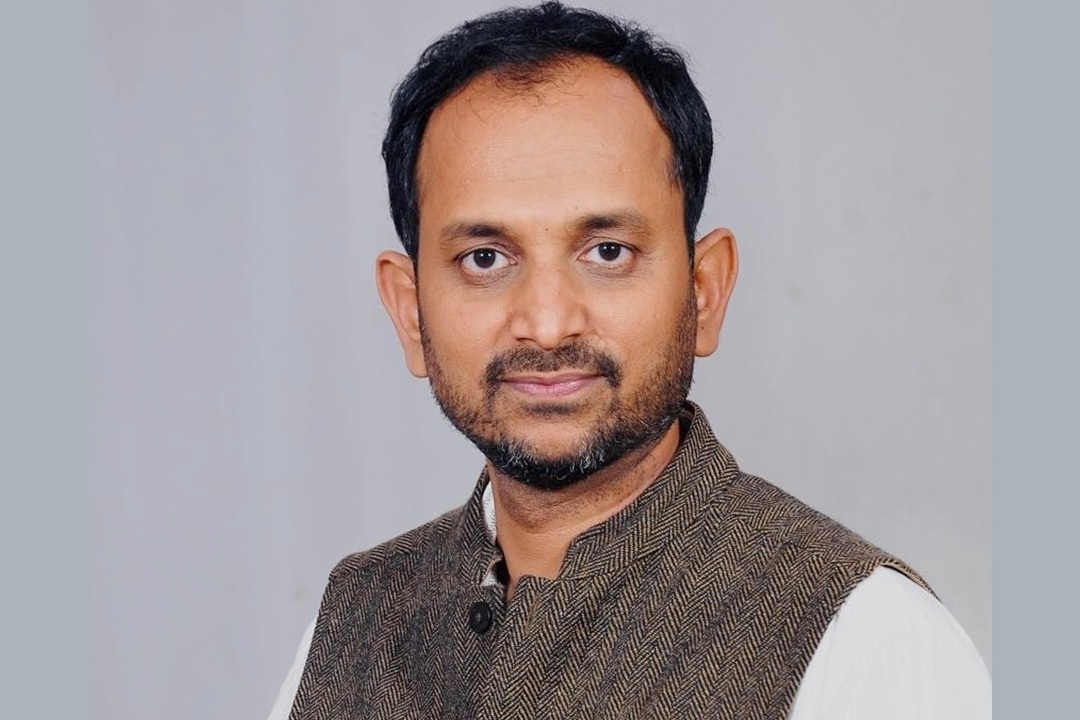As the world grapples with the urgent need to reduce carbon emissions and adopt cleaner energy solutions, the role of carbon capture and energy transition technologies becomes increasingly vital. Around World Environment Day, TheCSRUniverse had an exclusive conversation with Mr. Baroruchi Mishra, Group CEO of Nauvata Energy Transition (NET) Enterprise Pvt. Ltd. on India’s energy future.
In this insightful Q&A, Mr. Mishra outlines Nauvata’s vision and role in driving sustainable solutions across sectors like biofuels, carbon capture, plastic circularity, and offshore wind. He shares details about their ongoing projects in deep-water offshore developments, innovative carbon capture technologies, and their global expansion strategies, particularly in the Middle East. Mr. Mishra also discusses how strategic collaborations, digitisation, and ESG-focused project delivery are helping the company scale its impact and contribute meaningfully to India’s net-zero journey by 2070.
Scroll down to read the full interview:
Q. What is Nauvata’s long-term vision for leading the energy transition, and how do your core capabilities in EPC and PMC support this journey?
A. NET is keen to be a partner of choice for companies that are planning to take up energy transition projects in biofuels, ammonia, plastic circularity, hydrogen, or carbon capture and storage. We can also drive significant energy efficiency and overall improvement in productivity by providing digitisation solutions ( including digital twins) through our sister company, dDriven Solutions.
NET has had a great track record of excellence in engineering and project management. This has been developed through delivering large engineering scopes for global clients over the last one and a half decades. We have been the PMC on many projects, including a multi-billion dollar project of ONGC on the East Coast of India.
NET can support companies to frame Energy Transition projects with competitive scopes that are fit for purpose, and then manage the engineering, procurement, construction and commissioning of these projects in a manner that minimises execution risks while realising the complete design intent. One of the key value drivers for our engineering efforts is to ensure smooth ramp-up of production, high availability and robust Asset Integrity in the Operate phase of the assets that we help construct.
Finally, it is safe to say that 20-30% of CO2 emission reductions globally will come from improved efficiency of our plants and machinery and indeed from efficient transportation systems. Through our Digitisation Solutions, NET is ideally positioned to drive efficiency of operations in Oil and Gas facilities, Refineries, Petrochemical and Fertiliser plants, etc.
Q. How do you view the evolving role of Carbon Capture, Utilisation, and Storage (CCUS) in accelerating the energy transition? What specific initiatives is Nauvata currently involved in or exploring in this space?
A. While the percentage of renewals increases y-o-y in India’s energy mix, fossil fuels will continue to be used to fuel India’s growth and lift more and more people out of poverty. CCUS will help India reduce the carbon intensity of the fossil fuels and thus engender a sustainable energy transition in our journey towards NET Zero by 2070.
NET is working as an EPC contractor on a project for HPCL that uses an industry-first technology of carbon capture. The technology relies on process intensification by use of rotating packed bed reactors. This technology is an HPCL patent and has the potential to significantly reduce the cost of carbon capture compared to the current technologies that are in use in India and around the world. NET aims to help HPCL commercialise this technology globally.
NET is actively pursuing technologies and opportunities in Biofuels and BioLNG. These hold significant promise to increase the production of Biofuels in India.
Q. With growing interest in deep-water offshore developments, how is Nauvata enhancing its execution ecosystem to support the technical and operational complexities of such projects?
A. At the peak of its execution, NET had over 100 employees project managing the 98/2 Deep Water project – a $5 billion project of ONGC in the Krishna Godavari Basin on the East Coast of India. We are also actively delivering on the Pre-FEED and FEED scope of the adjacent deep water block – GS-29 for ONGC. Subsequently, we will support the project with Detailed Engineering and as the PMC.
It is safe to say that as of today, NET is the only Indian company with expertise in providing project management services for deepwater. Given our deep engineering capabilities for deep water oil and gas projects, we understand the deep water project drivers and execution risks better than most in India. This helps us provide the right level of risk mitigation so that the residual risks, if any, are acceptable to all stakeholders and are safe to operate with. Our ability to manage interfaces on a complex contracting quilt that is needed to deliver deep water projects is a core strength.
Q. The Middle East remains a focal point for global energy operations. What trends are you observing in EPC and PMC services in this region, and how is Nauvata positioning itself for continued growth?
A. Litwin PEL, Abu Dhabi, which is a hundred-year-old company and a fully owned subsidiary of NET, is registered with most of the Oil and Gas companies in the Middle East. In the past, it has undertaken quite a few EPCs, Engineering and PMCs for companies like ADNOC.
COVID had caused some setbacks for the company, but we are now in a strong revival mode; we are taking up engineering projects for the Kuwait Oil and Gas Company as a subcontractor and for some others, too. Our intention is to take up plastic circularity projects’ engineering and delivery, besides oil and gas. We are aiming to take up large engineering scopes in 2025. We are also working actively on opportunities to participate in Green Ammonia projects in the Middle East.
We are open to partnerships which allow us to manage and hedge our risks on large projects.
Q. Could you elaborate on how strategic partnerships are helping you scale operations in high-demand regions? What criteria do you consider essential when entering into these collaborations?
A. Collaboration is key to success in the current project delivery landscape globally. Strategic partnerships are based on the principles of complementarity of skills and/or project experiences. Where we cannot qualify for a bid individually, we seek out partners so that our combined experiences are sufficient to satisfy the technical and commercial bid evaluation criteria of our prospective clients.
In all our collaborations, we are keen to ensure that ethics and compliance are adhered to by all parties.
Q. How is Nauvata contributing to emerging sectors like biofuels, plastic circularity, and offshore wind energy? Are there any pilot projects or partnerships you could highlight?
A. NET does a lot of advocacy for Biofuels through its presence at conferences or through participation in ministerial conclaves whenever an opportunity presents itself. We have been advocating for the incorporation of BioLNG in the Biofuels policy of the government. It is currently missing, even when the potential is significant. Europe, on the other hand, are making strident strides in this space and is planning to set up at least 1 MTPA BioLNG capacity by the end of 2025. For India, the opportunity could be 5x of the European target.
On plastic circularity, we are in active discussions for partnerships. We had part-funded a pilot plant for chemical recycling of plastics on a loan basis. This is on the outskirts of Mumbai. We recognise this is a key area for growth in India and in Europe.
For winds, we have been in discussion to support companies in the engineering for offshore substations for offshore wind projects. At this stage, the names of the companies cannot be revealed.
Q. How do Nauvata’s initiatives align with global sustainability commitments such as net-zero targets and ESG principles? Are there specific metrics or benchmarks you aim to achieve?
A. NET’s own carbon footprint is relatively small, as we are not a company that owns operating assets. However, we have set numbered targets for delivering Biofuels, Ammonia, Hydrogen and Plastic circularity projects for our clients in India and in the Middle East in the next five years. While we actively pursue these, we are continuously on the lookout for talent in these areas to increase our core capabilities for Energy Transition Projects.
On ESG, we follow a No-Harm policy on our projects – No Harm to the people (personal safety) or to the Environment. We track “leading indicators” of HSSE - Near Misses, Hazard Reporting, Induction Training, etc, to ensure that our employees and our stakeholders exhibit safe behaviours at the project sites. Lagging indicators like Lost Time Injuries, First Aids, spills, etc., are also tracked, and a root cause analysis is done for each of them to ensure that the learning is not lost.















.jpg)




